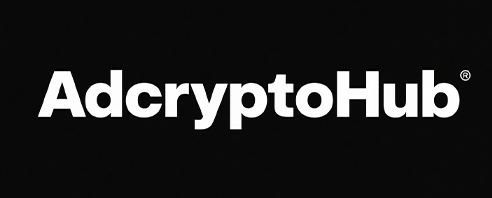
New Direction of Blockchain Media Brand Communication
In the rapidly evolving digital landscape, the intersection of blockchain technology and media has opened up new avenues for brand communication. As a seasoned自媒体 writer with over a decade of experience, I've witnessed firsthand the transformative power of this convergence. Today, let's delve into the "New Direction of Blockchain Media Brand Communication" and explore how it's reshaping the way brands engage with their audience.
The Rise of Blockchain in Media
Blockchain technology has revolutionized various industries, and media is no exception. With its inherent features like transparency, security, and immutability, blockchain is paving the way for a new era of media brand communication. According to a report by Deloitte, the global blockchain market is expected to reach $20 billion by 2025. This growth underscores the importance of understanding how to leverage this technology effectively.
Tokenization: A New Currency for Engagement
One of the most significant developments in blockchain media brand communication is tokenization. By issuing tokens, brands can create a direct financial connection with their audience. These tokens can be used as rewards for engagement, fostering a sense of ownership and loyalty among consumers. For instance, Steemit, a blockchain-based social media platform, allows users to earn tokens for creating and curating content.
Decentralized Content Creation
The traditional media landscape has long been dominated by centralized power structures. Blockchain technology is changing that by enabling decentralized content creation. Platforms like IPFS (InterPlanetary File System) provide a decentralized alternative to traditional content delivery networks (CDNs), ensuring that content creators have more control over their work and distribution channels.
Transparency in Advertising
Advertising fraud has been a persistent issue in the digital media industry. Blockchain can help address this by providing transparent and verifiable advertising metrics. Brands can now ensure that their ad budgets are reaching genuine audiences through blockchain-powered ad exchanges like AdEx.
Case Study: The Verge's Blockchain Initiative
One notable example of successful blockchain media brand communication is The Verge's "Verge Coin." This initiative allowed readers to earn tokens for engaging with the platform's content. The project not only increased user engagement but also positioned The Verge as an innovator in leveraging blockchain technology for brand communication.
Challenges and Considerations
While the potential benefits are vast, there are challenges to consider when adopting blockchain in media brand communication. Privacy concerns, regulatory hurdles, and technical complexities are just a few factors that brands need to navigate carefully.
The Future Outlook
The future of blockchain media brand communication looks promising. As more brands embrace this technology, we can expect to see innovative solutions that enhance audience engagement and create new revenue streams. By staying ahead of these trends, brands can position themselves as thought leaders in an increasingly competitive digital landscape.
In conclusion, the "New Direction of Blockchain Media Brand Communication" represents a paradigm shift in how brands interact with their audience. By leveraging tokenization, decentralized content creation, transparent advertising metrics, and innovative initiatives like The Verge's "Verge Coin," brands can create more meaningful connections with their consumers while ensuring long-term sustainability in an ever-changing digital world.

 한국어
한국어
 简体中文
简体中文
 English
English
 繁體中文
繁體中文
 日本語
日本語
 Español
Español
 Français
Français
 Deutsch
Deutsch
 Italiano
Italiano
 Русский
Русский
 Português
Português
 العربية
العربية
 Türkçe
Türkçe
 ภาษาไทย
ภาษาไทย
 हिंदी
हिंदी
 Bahasa Indonesia
Bahasa Indonesia
 Tiếng Việt
Tiếng Việt







